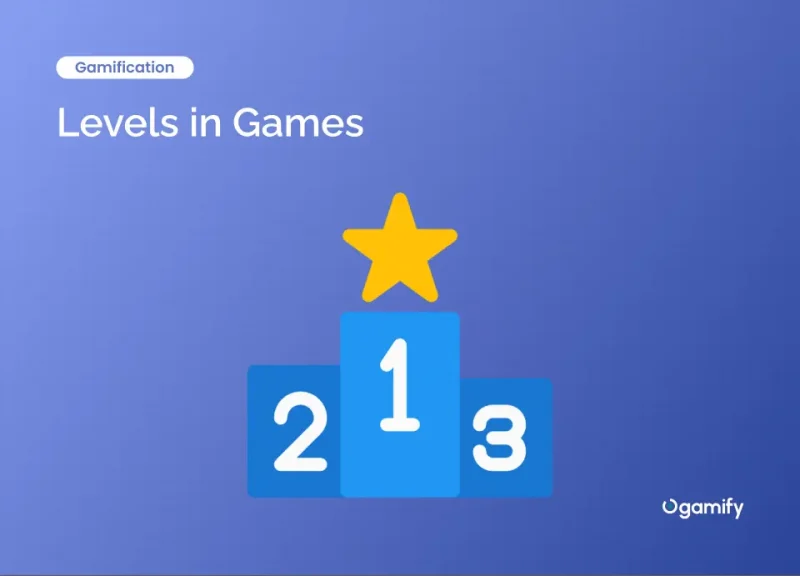In recent years, the application of game-based learning has demonstrated its potential in driving learner engagement and motivation. Traditional learning approaches can sometimes fall short when it comes to capturing the attention and interest of remote learners. By incorporating elements from video games into educational contexts, learning becomes more enjoyable and effective, leading to increased motivation and engagement among students.
Gamification, the use of activities and external rewards in non-game settings, has been shown to encourage active learning, increase attention spans, and reduce student stress. This approach has been particularly beneficial during hybrid learning, as it can help maintain student interest and motivation, even when learning from a distance. As learners navigate through various game levels, they experience a sense of progress and achievement, which in turn fosters a strong desire to continue learning and advancing.
In essence, the appeal of game levels lies in the intrinsic motivation they provide to learners. By presenting educational content in an entertaining and immersive format, game-based learning effectively taps into the same motivational factors that keep gamers engaged in recreational video games. This ensures a more enjoyable and efficient learning experience for students, ultimately leading to higher levels of engagement and motivation.
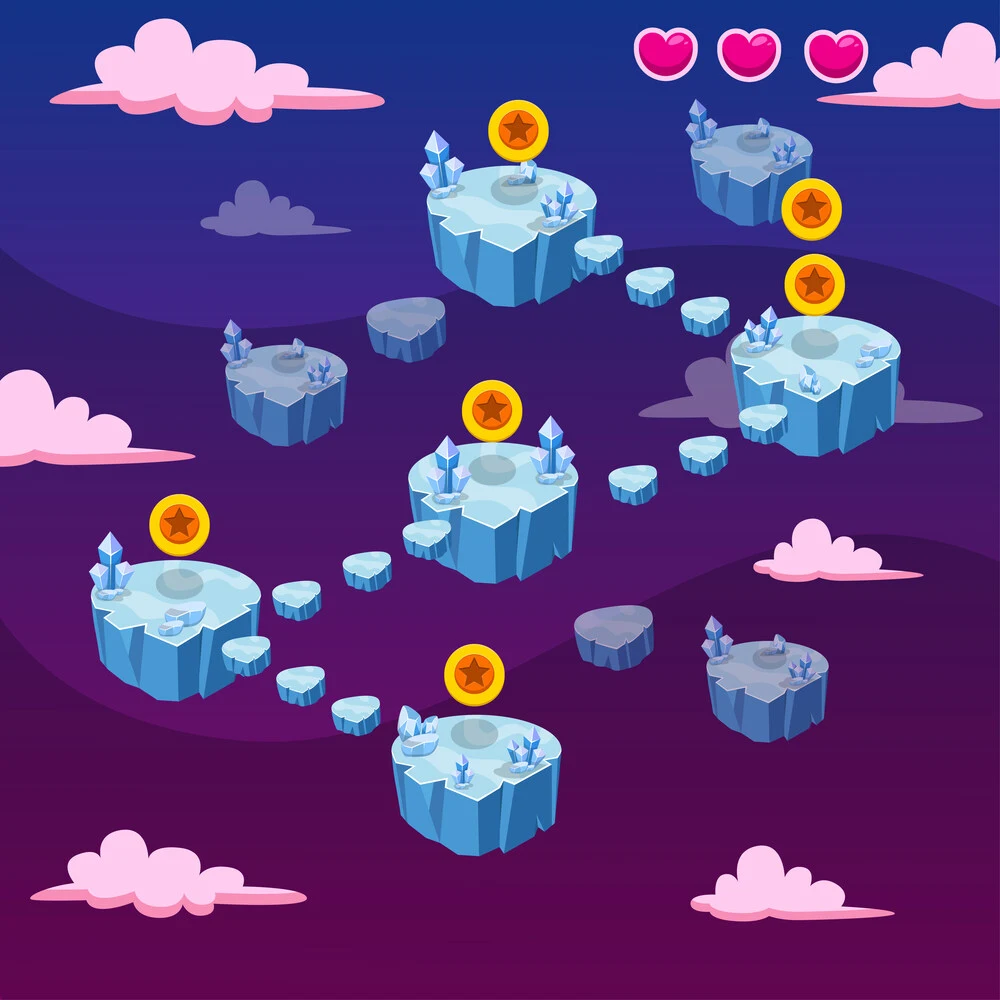
What are levels in games?
Levels in games are a crucial aspect of game design, as they provide structure and progression to the gaming experience. They serve as a means for players to measure their progress, encounter new challenges, and ultimately feel a sense of accomplishment. Levels are often seen as a form of game mechanics and are used in various gaming genres for different purposes.
In traditional video games, levels are typically designed as distinct environments or stages, each presenting unique challenges for players. Players progress through various stages, completing objectives, and overcoming obstacles to reach the next level. This linear structure helps maintain engagement and motivation by offering a clear path for advancement with increasing difficulty. Additionally, advancing to higher levels often rewards players with new abilities or tools that enhance their gaming experience.
In some games, levels may also refer to a player’s progression within the game mechanics, such as a character’s overall experience or skill set. This type of leveling is frequently seen in role-playing games (RPGs), where players earn experience points (XP) based on their actions, such as successfully completing tasks or defeating enemies. As players accrue XP, their character’s level increases, unlocking new abilities, and demonstrating growth within the game world.
Moreover, gaming mechanics can incorporate level design elements that promote a sense of achievement for players. For instance, leaderboards display players’ progress or performance compared to their peers. These competitive elements encourage players to improve their skills, advance levels, and ultimately drive motivation and engagement.
Overall, levels in games are vital components of game design and mechanics, contributing to maintaining player interest, offering a sense of accomplishment, and fostering motivation for continuous improvement.

Types of Levels
Levels in video games have evolved significantly over the years, adapting to advancements in technology and changing player expectations. Initially, levels were often linear and straightforward, with a fixed sequence of challenges that players had to overcome. However, as games became more sophisticated, levels started to incorporate more complexity and depth.
One notable evolution is the shift towards non-linear level design. Instead of following a predetermined path, players now have more freedom to explore and make choices that impact their gameplay experience. Open-world games, for example, offer expansive environments with multiple quests and activities that can be tackled in any order.
Furthermore, levels have become more dynamic and interactive. Environmental elements can be manipulated, creating opportunities for puzzle-solving or strategic decision-making. Some games even introduce extra levels that challenge players with unique obstacles or gameplay mechanics, providing additional excitement and surprises.

In addition to the gameplay aspects, levels have also taken on a new dimension with the introduction of gamification elements. Game developers have started to use creative level names and designations to enhance the overall experience. Gamification level names add a layer of fun and immersion, giving players a sense of progression and achievement as they advance through the game.
Another significant evolution is the integration of procedural generation techniques. With procedural generation, levels are generated algorithmically, resulting in unique and unpredictable gameplay experiences each time. This approach adds replayability and keeps the game fresh for players.
Moreover, levels now often incorporate narrative elements, seamlessly integrating storytelling within the gameplay. Cutscenes, dialogue, and in-game events help to immerse players in the game world and enhance the overall experience.
In summary, levels in video games have evolved to provide more player agency, interactivity, non-linearity, and narrative integration. These advancements, including the introduction of extra levels and gamification level names, aim to deliver richer and more immersive experiences for gamers, catering to their diverse preferences and creating unforgettable adventures.
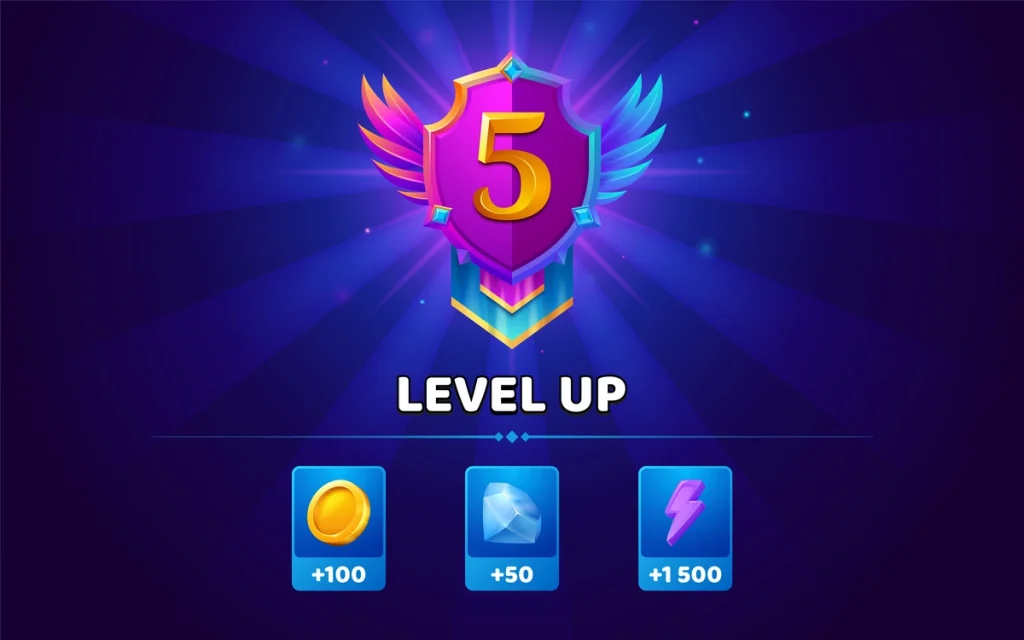
How to design effective levels?
Game levels and level-up mechanics play a crucial role in driving user engagement and motivation. To integrate these elements into a gamified system, several steps need to be followed.
Defining Clear Goals and Objectives
First, define clear goals and objectives for the users. Goals should be challenging but achievable, pushing users to perform tasks that ultimately lead to leveling up. Incorporate milestones and rewards at each level to incentivize users and emphasize their progress.
Creating a Well-Designed Structure
Next, create a well-designed structure that guides users through the levels. The structure should gradually increase in difficulty, ensuring that users remain engaged and challenged throughout the experience. It is crucial to balance the pace of leveling up, as progressing too quickly may lead to disinterest, while slow progress might result in frustration.
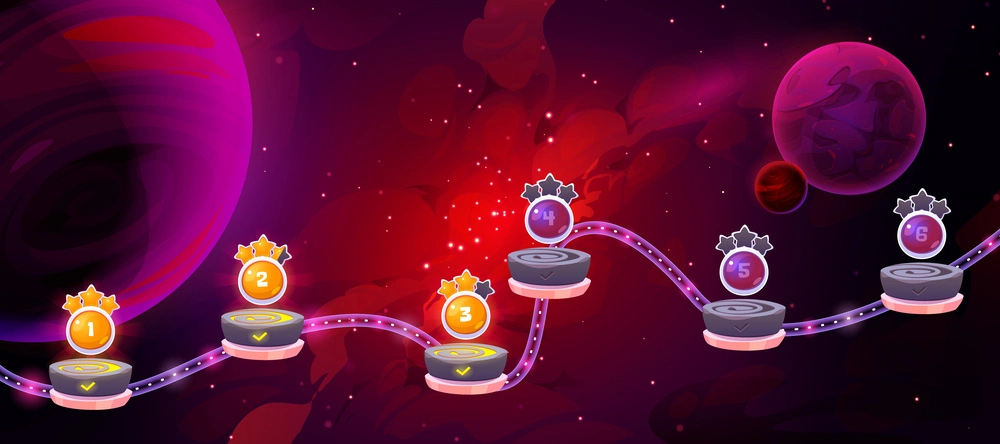
Implementing Real-Time Feedback
Incorporating feedback is another essential aspect of implementing game levels. Feedback can take the form of points, badges, or virtual currency, which users can earn by completing tasks or reaching certain milestones. Providing users with real-time feedback allows them to gauge their progress and stay motivated.
Leveraging Social Aspects
Social aspects can also be integrated into the leveling up process. For example, leaderboards can be used to showcase users’ achievements, encouraging healthy competition and camaraderie among users.
Personalizing the Experience
Lastly, consider personalizing the experience by allowing users to customize their avatars or profiles as they level up. This fosters a sense of ownership and investment in the system, further increasing engagement and motivation.
In conclusion, incorporating game levels and level-up mechanics into your gamification strategy can be an effective way to drive user engagement and motivation. By following these steps and considering factors such as clear goals, well-designed structures, feedback, social integration, and personalization, you can create an immersive experience that keeps users coming back for more.
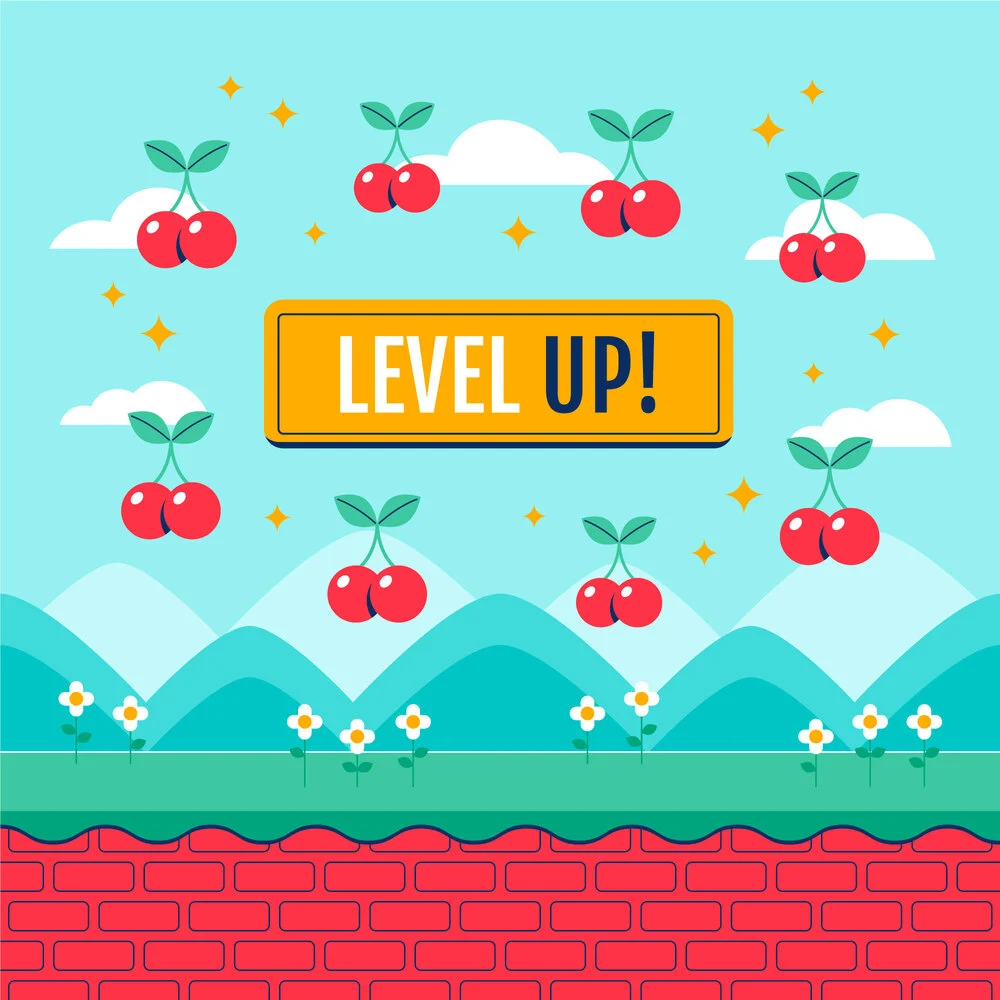
Benefits of Levels in Games
Levels in games offer numerous advantages, particularly when it comes to engaging and motivating players. One primary reason is the structured progression that levels provide, offering clear milestones for players to achieve. This structured approach helps keep players focused on advancing through the game, contributing to their motivation.
Additionally, levels create a sense of accomplishment; each time a player completes a level, they feel a sense of achievement and progress. This feeling of success encourages players to strive for more and take on new challenges presented in the following levels. The increasing difficulty of levels also helps maintain player engagement, as they need to master new skills or strategies to continue progressing in the game.
In many instances, levels in games are accompanied by rewards, such as points, badges, or other in-game incentives. These rewards further motivate players to engage with the game and advance through the levels, as they provide tangible evidence of the player’s progress.
Levels also promote friendly competition among players, who can compare their progress and achievements with others on leaderboards or through social media integration. This social element of gaming encourages players to compete with others and strive for higher levels or better completion times.
Levels provide a structured progression, offer rewards, and foster a sense of accomplishment and competition. They serve as an essential component to keep players engaged and motivated throughout the gaming experience.
Conclusion
Gamification has emerged as a powerful tool for enhancing engagement and motivation, particularly in education and learning contexts but not only. By incorporating game-like elements such as levels, challenges, and rewards, educators can create a stimulating environment that fosters motivation and encourages active participation.
Understanding the diverse motivations of users is crucial for designing effective gamified experiences that resonate with different individuals. Game levels, in particular, offer a clear progression path and goal-oriented activities, sustaining user motivation and providing a sense of accomplishment.
In education, gamification can significantly improve student motivation, engagement, and performance by creating interactive and enjoyable learning experiences. By leveraging game elements developers and educators can create engaging experiences that drive long-term participation and achievement.
FAQ
How do game levels drive engagement?
Game levels drive engagement by offering a structured progression that instills a sense of achievement and advancement in players. As they successfully conquer levels, players are rewarded with fresh challenges and opportunities for growth, heightening their commitment and motivation to continue playing. The clear structure provided by game levels also helps players maintain focus and stay motivated as they work towards completing tasks and achieving goals.
What elements can make a game more engaging?
Several elements can make a game more engaging, such as:
– Compelling storyline
– Challenges and goals
– Interactivity and feedback
– Customization and personalization
– Social aspects
What is the impact of gamification on retention?
Gamification can have a significant impact on retention by increasing motivation and engagement, leading to higher rates of user participation and long-term commitment. Studies have shown that gamification techniques, such as rewards, levels, and leaderboards, when applied correctly, can lead to higher retention rates. This is because gamified elements create a sense of achievement, encourage friendly competition, and offer tangible rewards for continued play or learning experience.
What are some benefits of having game levels?
Game levels offer numerous benefits for both players and developers. Firstly, they provide players with a sense of progression, allowing them to track their advancement and experience a feeling of accomplishment. Additionally, game levels introduce increasing challenges as players move forward, ensuring that they remain motivated and engaged. Moreover, levels serve as milestones, offering clear objectives for players to strive towards, fostering goal-setting and a sense of achievement. Furthermore, levels can be tailored to accommodate different skill levels and play styles, enabling a customized gaming experience. Lastly, well-designed game levels contribute to player retention by incorporating various elements that enhance player motivation and engagement, ultimately leading to sustained player interest and the ongoing success of the game.

